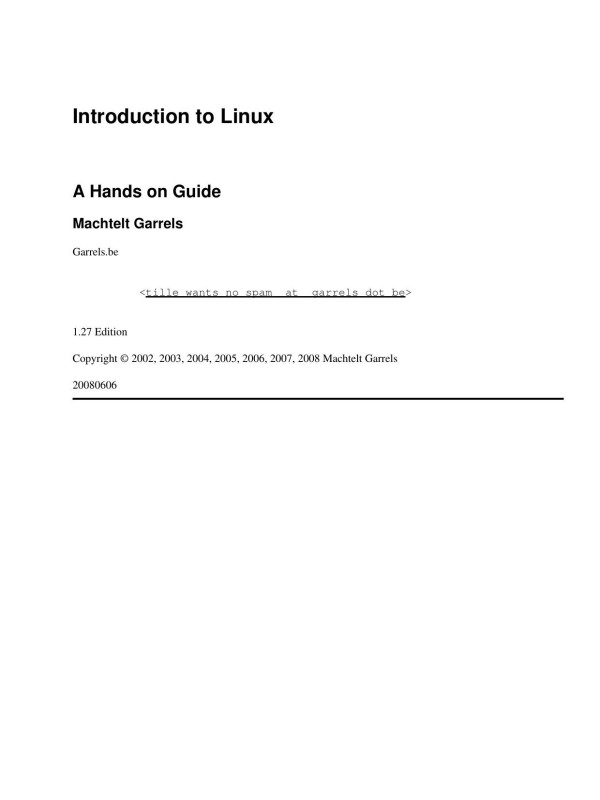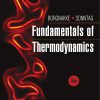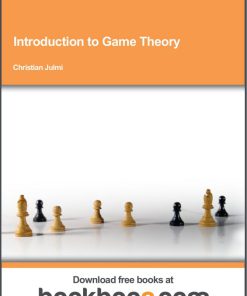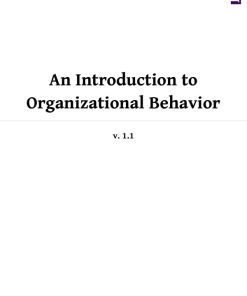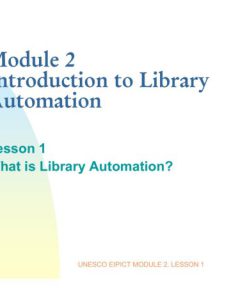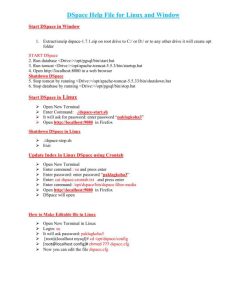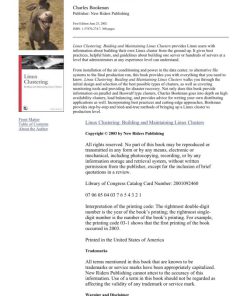Introduction to Linux 1st edition by Machtelt Garrels
$50.00 Original price was: $50.00.$25.00Current price is: $25.00.
Authors:A Hands on Guide , Series:Cyber Security [213] , Tags:Cyber Security; Programming Software; Computer , Author sort:Guide, A Hands on , Languages:Languages:eng , Published:Published:Dec 2010 , Publisher:Fultus Corporation , Comments:General Linux • “Linux in a Nutshell” by Ellen Siever, Jessica P. Hackman, Stephen Spainhour, Stephen Figgins, O’Reilly UK, ISBN 0596000251 • “Running Linux” by Matt Welsh, Matthias Kalle Dalheimer, Lar Kaufman, O’Reilly UK, ISBN 156592469X • “Linux Unleashed” by Tim Parker, Bill Ball, David Pitts, Sams, ISBN 0672316889 • “When You Can’t Find Your System Administrator” by Linda Mui, O’Reilly UK, ISBN 1565921046 • When you actually buy a distribution, it will contain a …« less; « less
Introduction to Linux 1st edition by Machtelt Garrels – Ebook PDF Instant Download/Delivery. , 978-
Full download Introduction to Linux 1st Edition after payment
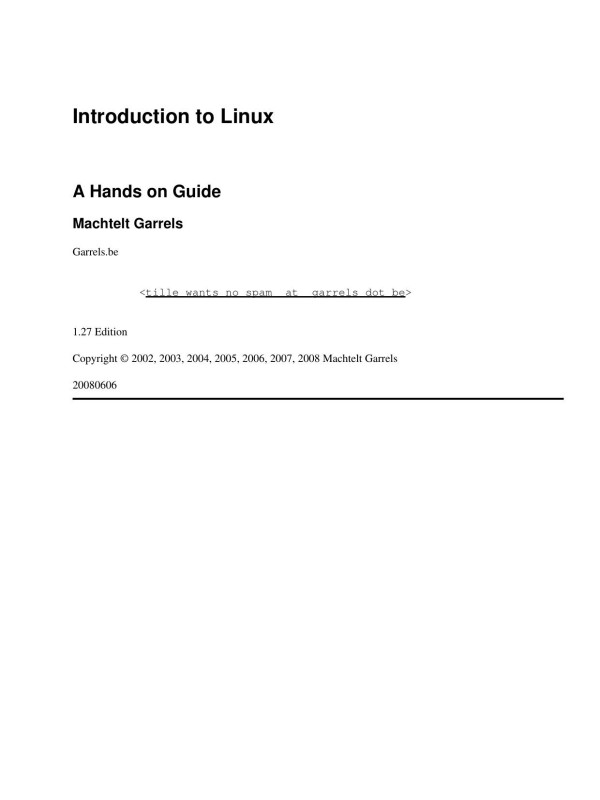
Product details:
Author: Machtelt Garrels
Whether you’re just starting out with Linux or looking to hone your existing skills, this book will provide you with the knowledge you need. For new users, it is an exploration tour and getting started guide, with exercises at the end of each chapter. Advanced trainees can consider it a desktop reference, a collection of the base knowledge needed to tackle system and network administration. To help you work more effectively with Linux, this book contains hundreds of real life examples derived from the author’s experience as a Linux system and network administrator, trainer and consultant. These examples will help you to get a better understanding of the Linux system and feel encouraged to try out things on your own.
Introduction to Linux 1st Table of contents:
Introduction
- Why this guide?
- Who should read this book?
- New versions and availability
- Revision History
- Contributions
- Feedback
- Copyright information
- What do you need?
- Conventions used in this document
- Organization of this document
Chapter 1: What is Linux?
- History
- UNIX
- Linus and Linux
- Current application of Linux systems
- The user interface
- Is Linux difficult?
- Linux for non-experienced users
- Does Linux have a future?
- Open Source
- Ten years of experience at your service
- Properties of Linux
- Linux Pros
- Linux Cons
- Linux Flavors
- Linux and GNU
- GNU/Linux
- Which distribution should I install?
- Summary
- Exercises
Chapter 2: Quickstart
- Logging in, activating the user interface, and logging out
- Introduction
- Graphical mode
- Text mode
- Absolute basics
- The commands
- General remarks
- Using Bash features
- Getting help
- Be warned
- The man pages
- More info
- Summary
- Exercises
- Connecting and disconnecting
- Passwords
- Directories
- Files
- Getting help
Chapter 3: About files and the file system
- General overview of the Linux file system
- Files
- About partitioning
- More file system layout
- Orientation in the file system
- The path
- Absolute and relative paths
- The most important files and directories
- The most important configuration files
- The most common devices
- The most common variable files
- Manipulating files
- Viewing file properties
- Creating and deleting files and directories
- Finding files
- More ways to view file content
- Linking files
- File security
- Access rights: Linux’s first line of defense
- The tools
- Summary
- Exercises
- Partitions
- Paths
- Tour of the system
- Manipulating files
- File permissions
Chapter 4: Processes
- Processes inside out
- Multi-user and multi-tasking
- Process types
- Process attributes
- Displaying process information
- Life and death of a process
- SUID and SGID
- Boot process. Init and shutdown
- Introduction
- The boot process
- GRUB features
- Init
- Init run levels
- Shutdown
- Managing processes
- Work for the system admin
- How long does it take?
- Performance
- Load
- Can I do anything as a user?
- Scheduling processes
- Use that idle time!
- The sleep command
- The at command
- Cron and crontab
- Summary
- Exercises
- General
- Booting, init, etc.
- Scheduling
Chapter 5: I/O Redirection
- Simple redirections
- What are standard input and standard output?
- The redirection operators
- Advanced redirection features
- Use of file descriptors
- Examples
- Filters
- More about grep
- Filtering output
- Summary
- Exercises
Chapter 6: Text Editors
- Text editors
- Why should I use an editor?
- Which editor should I use?
- Using the Vim editor
- Two modes
- Basic commands
- The easy way
- Linux in the office
- History
- Suites and programs
- Remarks
- Summary
- Exercises
Chapter 7: Home Sweet /home
-
General Good Housekeeping
- Introduction
- Make space
-
Your Text Environment
- Environment variables
- Shell setup files
- A typical set of setup files
- The Bash prompt
- Shell scripts
-
The Graphical Environment
- Introduction
- The X Window System
- X server configuration
-
Region-Specific Settings
- Keyboard setup
- Fonts
- Date and time zone
- Language
- Country-specific information
-
Installing New Software
- General
- Package formats
- Automating package management and updates
- Upgrading your kernel
- Installing extra packages from the installation CDs
-
Summary
-
Exercises
- Shell environment
- Graphical environment
Chapter 8: Printers and Printing
-
Printing Files
- Command line printing
- Formatting
-
The Server Side
- General
- Graphical printer configuration
- Buying a printer for Linux
-
Print Problems
- Wrong file
- My print hasn’t come out
-
Summary
-
Exercises
Chapter 9: Fundamental Backup Techniques
-
Introduction
- Preparing your data
-
Moving Your Data to a Backup Device
- Making a copy on a floppy disk
- Making a copy with a CD-writer
- Backups on/from jazz drives, USB devices, and other removables
- Backing up data using a tape device
- Tools from your distribution
-
Using rsync
- Introduction
- An example: rsync to a USB storage device
-
Encryption
- General remarks
- Generate a key
- About your key
- Encrypt data
- Decrypting files
-
Summary
-
Exercises
Chapter 10: Networking
-
Networking Overview
- The OSI Model
- Some popular networking protocols
-
Network Configuration and Information
- Configuration of network interfaces
- Network configuration files
- Network configuration commands
- Network interface names
- Checking the host configuration with netstat
- Other hosts
-
Internet/Intranet Applications
- Server types
- Web
- File Transfer Protocol
- Chatting and conferencing
- News services
- The Domain Name System
- DHCP
- Authentication services
-
Remote Execution of Applications
- Introduction
- Rsh, rlogin, and telnet
- The X Window System
- The SSH suite
- VNC
- The rdesktop protocol
- Cvswin
-
Security
- Introduction
- Services
- Update regularly
- Firewalls and access policies
- Intrusion detection
- More tips
- Have I been hacked?
- Recovering from intrusion
-
Summary
-
Exercises
- General networking
- Remote connections
- Security
Chapter 11: Sound and Video
-
Audio Basics
- Installation
- Drivers and Architecture
-
Sound and Video Playing
- CD playing and copying
- Playing music files
- Recording
-
Video Playing, Streams, and Television Watching
-
Internet Telephony
- What is it?
- What do you need?
-
Summary
-
Exercises
People also search for Introduction to Linux 1st:
You may also like…
eBook PDF
An Introduction to Malliavin Calculus with Applications to Economics 1st Edition by Bernt Øksendal

